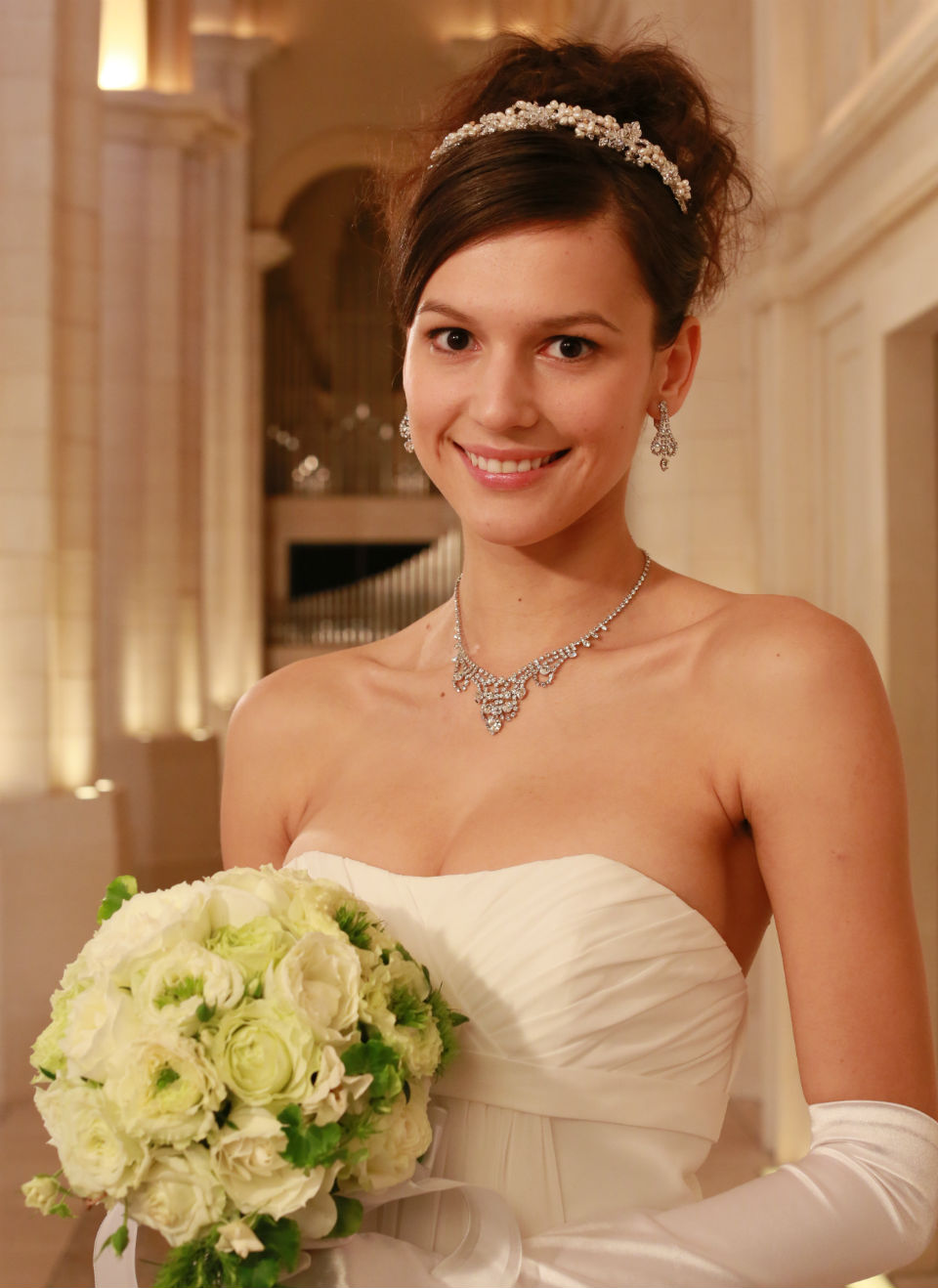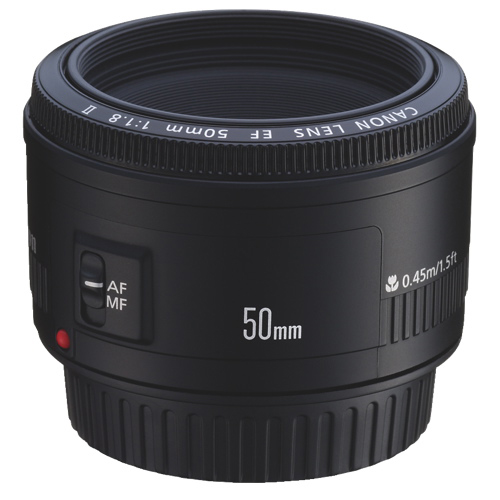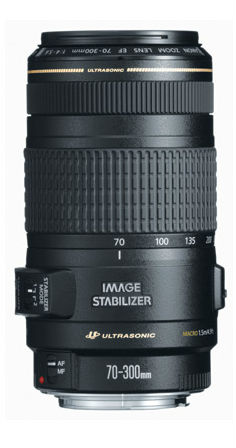 Whenever I talk about photography equipment, I always try to emphasize that the most important tool you will ever use is your eye. The ability to read light and compose an image effectively is so much more important than the equipment you use to make that image.
Whenever I talk about photography equipment, I always try to emphasize that the most important tool you will ever use is your eye. The ability to read light and compose an image effectively is so much more important than the equipment you use to make that image.
A great photographer can do great things even with the most modest equipment, and conversely, having the most expensive equipment makes you no more likely to produce great work.
All that being said however, there does come a time in every photographer’s development when they reach a sort of glass ceiling and the limitations of their equipment becomes a barrier to further improvement.
DSLR camera bodies are incredibly advanced nowadays, even the entry level models. So if you want to take a big step forward in terms of image quality, you really need to think about upgrading your lenses.
 Hone Your Skills By Photographing Weddings
Hone Your Skills By Photographing Weddings
Wedding photography is one of the most rewarding fields in photography, because it offers so many unique opportunities to make powerful and moving images. A wedding is like a piece of theatre, a play performed by everyday people. It has roles, costumes, drama, and a story with beginning, middle and end. As a wedding photographer, it is my job to tell this story to the best of my ability.
Like any craftsman, the tools of my trade are incredibly important to me, and when I use them they become a physical extension of me. Over the years I’ve honed my set of tools down, to the point where I have a manageable bag with no more and no less than what I absolutely need to get the job done.
Choose Your Lenses Carefully
Without question, the most thought has gone into my lenses; what I need for specific situations and how I can get the most out of the least number of pieces of glass. [Aside: ‘Glass’ is the cool photographers term for lenses.]
What I’ve reduced it to is the following:
– a wide angle lens, like the Canon EF-S 10-22mm
– a mid-range prime lens, like the Canon EF 50mm f/1.8
– a telephoto lens, like the Canon 70-300mm
Each of these lenses has it’s own unique functions, and for the most part I know which lens I’m going to be using at any given point throughout the day.
 Wide Angle Storyteller
Wide Angle Storyteller
The wide angle lens is my go-to for shooting in a candid and documentary style. I use it to capture scenes as they happen right in front of me. I always use this type of lens in the landscape or horizontal orientation because when you use it in the portrait or vertical orientation the barrel distortion makes things look a bit whacky. (Barrel distortion is a sort of bloating effect that make objects at the edges of the frame appear bigger than they actually are. You might have heard it referred to as the ‘fisheye’ effect.)
A wide angle lens is really useful when you’re working indoors and you’re restricted in how far you can move back from your subject. In fact, I find that for the most part you need to be close to your subject in order to use this lens effectively. If you’re not close enough, you may end up including too much and failing to succinctly tell the story you’re trying to tell.

The All-Purpose Prime Lens
If I had to choose just one lens with which to shoot an entire wedding I would definitely go with a 50mm prime (non-zoom) lens. The two key strengths of this lens are the sharpness and clarity of the images it produces and also the fact that it has a wide maximum aperture.
Simply put, the wider the aperture, the more the background is thrown out of focus, which gives images a kind of dreamy quality, and when used effectively can really enhance the artistic quality of your images. So having a lens that can shoot at f/1.8 is a huge asset when photographing a wedding.
I should sound a note of caution however, because there is a downside to working at wide apertures. It can be more difficult to get your focus bang on because the depth of field gets narrower as the aperture gets wider. (The depth of field refers to the range of distances from the camera within which objects are in focus).
Beware The Crop Factor
Like our wide angle lens, the 50mm is not considered a portrait lens because of the barrel distortion, but if you’re using a camera with an APS-C size sensor this is less of an issue because of something called the ‘crop factor’, which means a 50mm lens actually behaves more like an 80mm lens, which is an acceptable focal length for portraits.
 A Telephoto For Portraits
A Telephoto For Portraits
Our third lens is the telephoto lens which for me serves two specific functions on wedding day. Firstly, it is my go-to portrait lens which I use to create beautiful portraits of the bride and groom. I have a mental list of ‘must have’ shots, and on that list is a portrait of the groom alone before the ceremony and also a portrait of the bride alone before the ceremony. In fact, I’ll probably take three shots of each; one full-length, one three-quarters (cropped just above the knees) and one tightly cropped head and shoulders. For this set of photos I’m reaching for my telephoto lens every time. I’ll set the focal length to 100mm or longer. There are two reasons for this; the first is that it eliminates any possibility of barrel distortion. The second is that it creates a nice out-of-focus background which causes my subject to really stand out.
Your Stealthy Accomplice
The second function the telephoto lens serves is as a very stealthy lens for candid work. When I photograph an outdoor ceremony I like to work on the periphery of things so that the guests can enjoy the moment without being distracted or obstructed by the wedding photographer. With a telephoto lens I don’t need to be close in order to get great close-ups. The only downside to working like this is that guests will occasionally forget that I’m there – often at inopportune moments. For example, at the very end of the ceremony I always make sure I’m positioned at the end of the aisle so that I can catch the all-important kiss and also those first steps as man and wife as the newlyweds walk down the aisle together. If someone steps into the aisle to snap a photo at this point it’s a big headache for me!
Wedding photography is incredibly rewarding, but it can also be really challenging. There are so many people around that the energy can be intimidating and a little overwhelming. I genuinely believe though that there is no better place to hone your photography skills, so if you get the opportunity, go for it!



